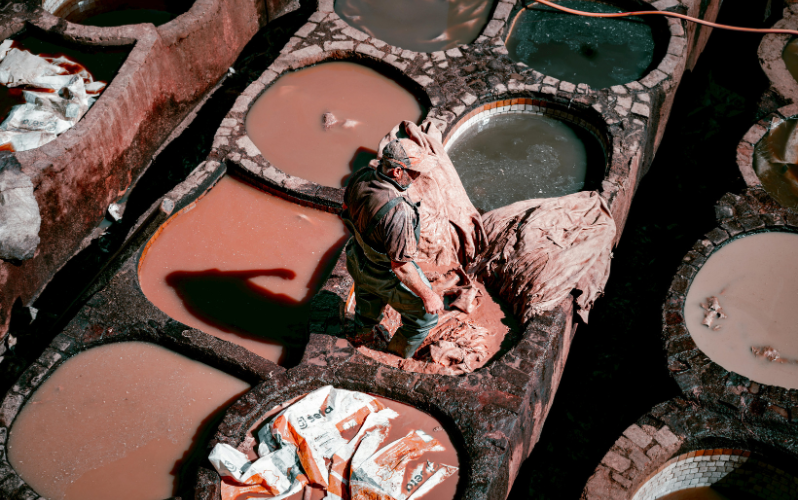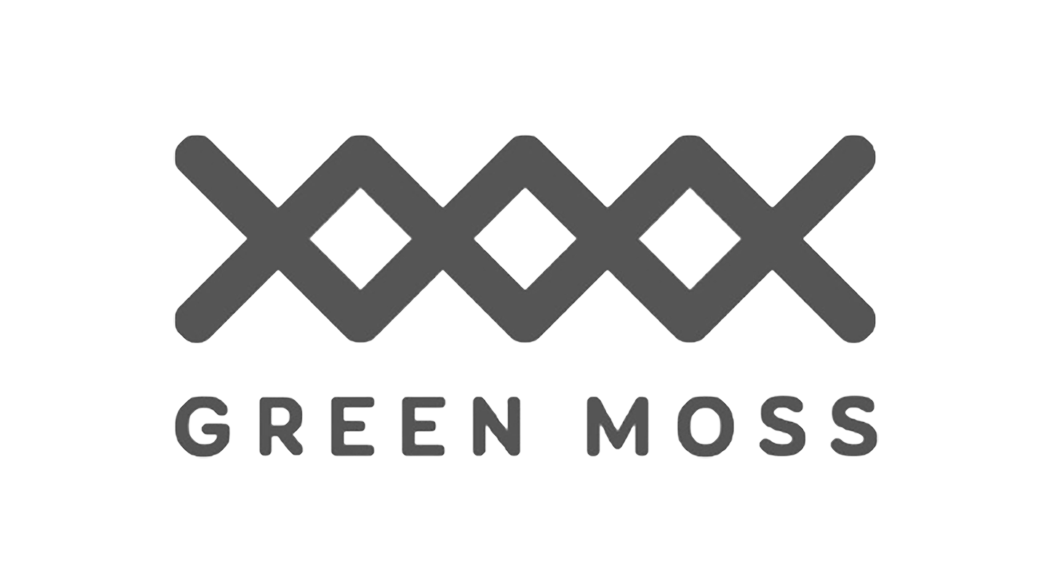In the leather tanning industry, Wet Blue and Wet White are two essential pre-tanning stages that form the foundation for producing a wide variety of finished leather types. Both are results of modern tanning techniques but differ significantly in tanning agents, color, technical properties, and intended applications.

What Is Wet Blue?
Wet Blue refers to hides that have been tanned using chrome salts, giving them a characteristic blue-gray color. It is currently the most widely used tanning method globally, particularly in industrial-scale leather production due to its durability and adaptability for further processing.
Key Characteristics:
• Distinctive blue-gray color due to the chrome reaction
• Moist, pliable, and structurally stable leather
• Excellent water resistance and high mechanical strength
Common Applications:
• Upholstery leather, automotive leather, etc.
• Serves as a base for further processing such as dyeing, buffing, and polishing

What Is Wet White?
Wet White refers to leather tanned without the use of chrome. Instead, alternative agents such as glutaraldehyde, syntans, oxazolidine, or vegetable tannins are used. The resulting leather is pale white or ivory-yellow in color, softer, more elastic, and easier to dye in light shades.
Key Characteristics:
• Pale white or ivory-yellow color
• Softer, lower odor, more skin-friendly
• Ideal for products requiring a gentle hand feel or subtle colors
Common Applications:
• High-end fashion, handmade bags and wallets
• Light-colored interiors, automotive seats, lounge furniture

Their Role in the Leather Value Chain
Within the leather value chain, the Wet Blue and Wet White stages are foundational—transforming raw hides into semi-processed leather. This transitional phase is crucial for determining the leather’s structural integrity, further processability, and material consistency before moving on to dyeing, embossing, or surface finishing.
Once a hide reaches the Wet Blue or Wet White stage, it can be preserved, stored, or transported to finishing plants for further processing according to the final design intent. These stages not only impact manufacturing efficiency but also directly influence the finished product’s quality—including durability, coloration, and tactile comfort.
With their intermediate and adaptable properties, Wet Blue and Wet White serve as vital links between raw materials and final leather goods—supporting a wide range of industries such as interior design, fashion, accessories, automotive, and luxury crafts.

Conclusion
Wet Blue and Wet White are two foundational tanning methods widely used in the leather industry.
Each has its own strengths and is suited to different production needs and design objectives.
Understanding their characteristics and applications will help you choose the right material for interior design, fashion, or artisanal leatherwork.







